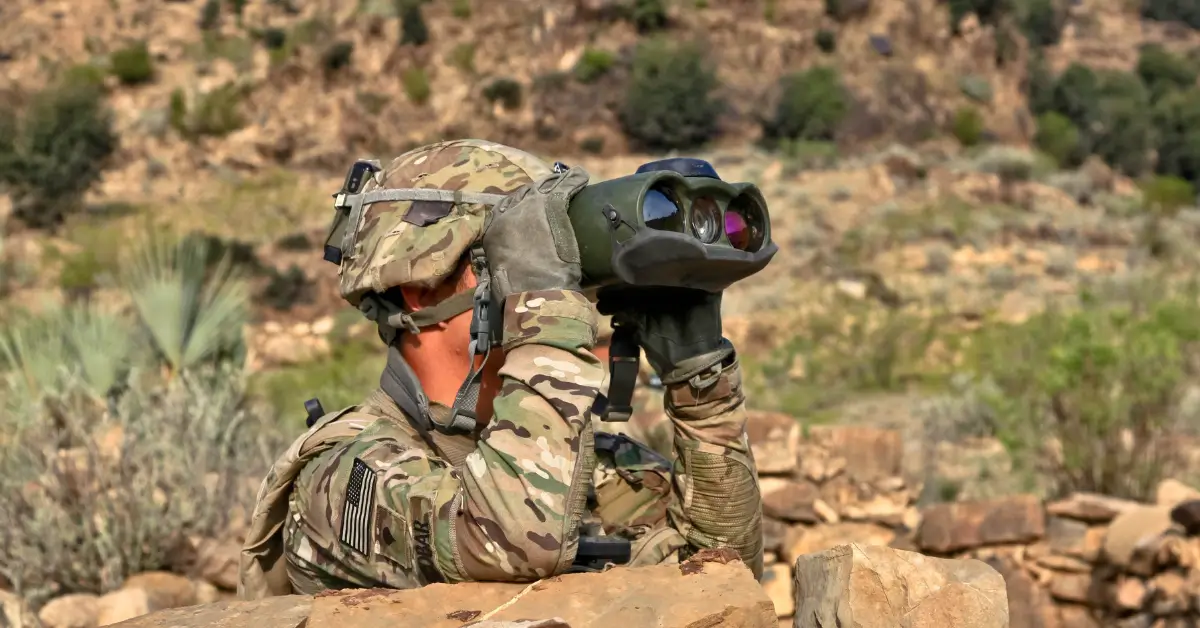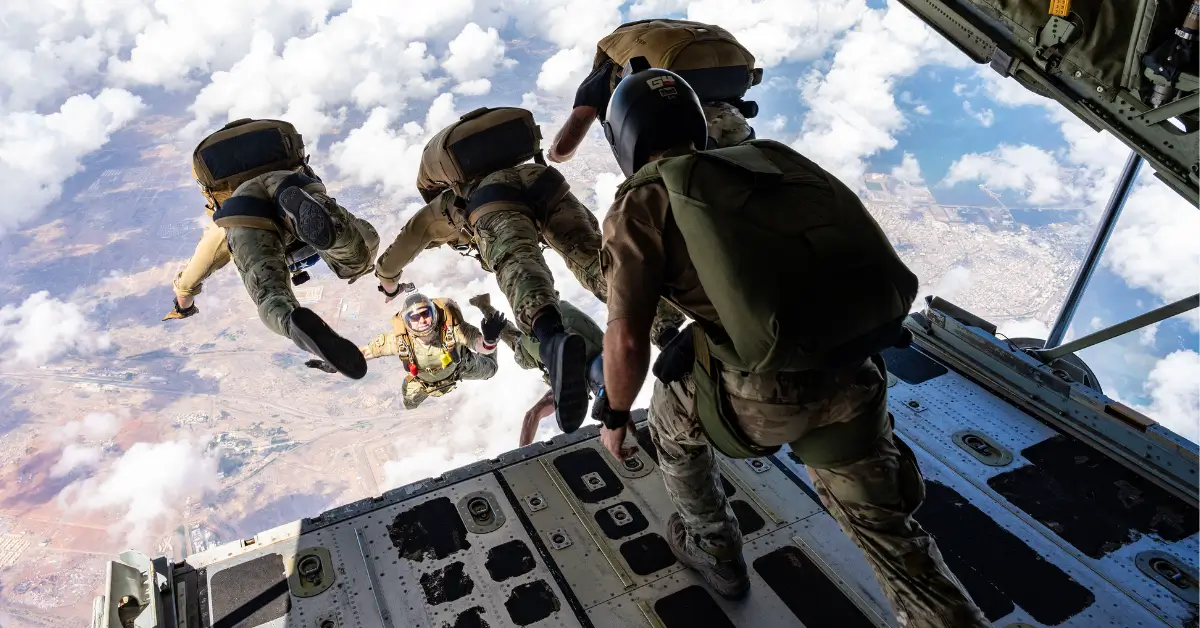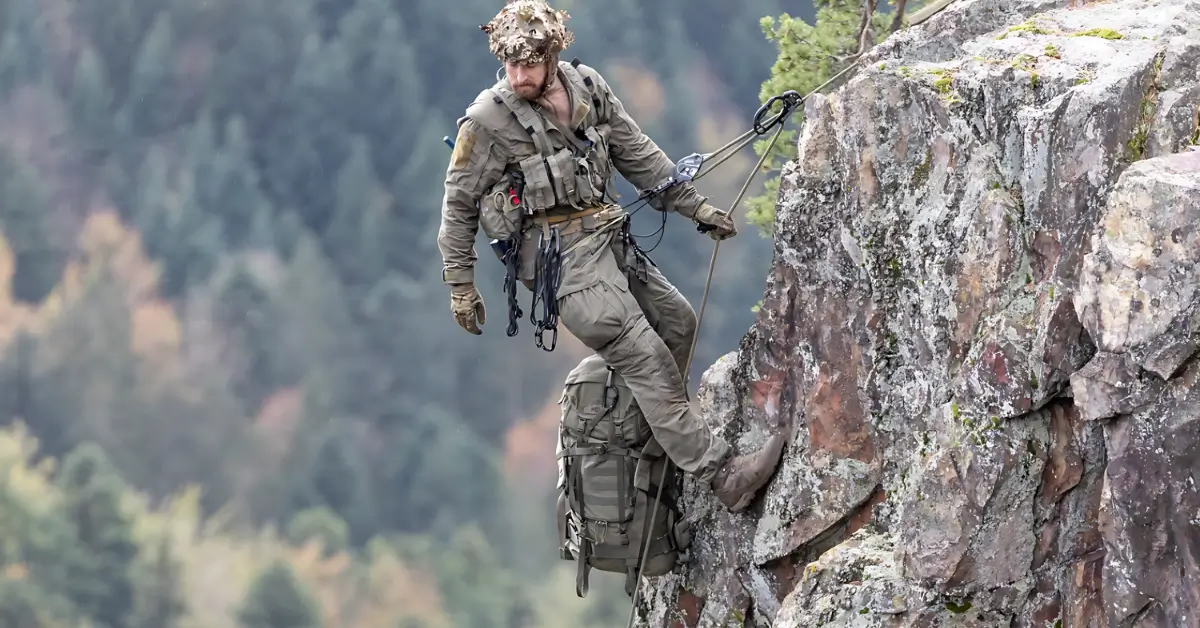Military binoculars are essential for soldiers, special forces, and defence organisations. They provide critical visual support in various situations, such as surveillance, reconnaissance, and target acquisition. This guide covers key features, specifications, and benefits, along with practical advice on purchasing, maintaining, and using military binoculars to ensure optimal performance and longevity.
Key Features and Specifications
Magnification Power
Standard Range: 7x to 10x magnification is typical, offering a good balance between field of view and detail.
High Magnification: 12x magnification and above for detailed observation at long distances, although stability may be an issue without a tripod.
Lens Quality
Coated Lenses: Multi-coated lenses reduce glare and improve light transmission, enhancing image clarity and brightness.
Objective Lens Diameter: Larger diameters (e.g., 50mm) gather more light, which is beneficial in low-light conditions but adds weight.
Image Stabilisation
Electronic Stabilisation: Reduces the effects of hand movement and vibrations, providing a steady image even at high magnifications.
Mechanical Stabilisation: This technique uses internal gyroscopes or prisms to achieve stability, ensuring clear viewing during movement or in vehicles.
Quick Recommendations:
- High magnification and stabilisation during movement: Choose electronic stabilisation.
- Lightweight portability and reliable stabilisation at lower magnifications: Choose mechanical stabilisation.
- Balanced needs: Weigh the trade-offs based on mission priorities.
Durability
Construction: Look for binoculars with rugged, rubber-armoured bodies to withstand rough handling and harsh environments.
Waterproof and Fogproof: Nitrogen-purged and O-ring sealed models prevent internal fogging and water damage, ensuring clear vision in various weather conditions.
Special Features
Night Vision: Essential for nocturnal operations, using infrared technology to see in complete darkness.
Rangefinding Capabilities: Integrated laser rangefinders provide accurate distance measurements to targets, which is crucial for tactical planning and engagement.
Recording Capabilities: Some models offer built-in cameras for photo and video recording, which can be vital for documenting intelligence and operational review.
Reticle: The traditional method of rangefinding, useful for precise measurements and target acquisition without electronic reliance.
Laser Protection Filter: Protects your eyes from potential laser threats, ensuring safety during operations involving laser devices.
Uses in Various Situations
Bewaking: High magnification, image stabilisation, and image clarity are key for prolonged observation.
Verkenning: Lightweight and compact models are ideal for mobility, while a wide field of view aids in scanning large areas quickly.
Verwerving van doelwitten: Precise rangefinding and clarity at long distances help identify and engage targets accurately.
Documentation: Built-in recording features allow for capturing real-time footage for later analysis and reporting.
Important Factors to Consider
Magnification and Field of View: Balance magnification power with the field of view to avoid tunnel vision and ensure situational awareness.
Lens Coatings: Opt for fully multi-coated lenses for the best image quality.
Durability: Ensure the binoculars can withstand harsh conditions and rough handling typical in military operations.
Image Stabilisation: Essential for high magnification and mobile operations to maintain a steady and clear image.
Recording Capabilities: Useful for missions requiring documentation and evidence collection.
Additional Features: Night vision and rangefinding capabilities can be game-changers in specific missions.
Maintenance and Care
Cleaning: Use a soft, lint-free cloth and lens cleaning solution. Avoid touching lenses with fingers to prevent smudges.
Opslag: Keep binoculars in a protective case when not in use. Store in a cool, dry place to prevent mould and mildew.
Regular Checks: Inspect for damage to the lens, body, and seals. Ensure that the waterproofing and nitrogen purging are intact.
Battery Management: Regularly check and replace batteries for models with electronic features to avoid malfunction during critical operations.
Optimising Your Military Binoculars for Mission Readiness
When selecting military binoculars, it’s essential to consider specific operational requirements, comprehend important features and specifications, and maintain them properly to ensure long-lasting performance. By investing in top-notch binoculars and adhering to proper usage and care guidelines, military personnel can significantly improve their situational awareness, mission readiness, and operational effectiveness.
For expert advice and a selection of high-quality military binoculars, check the MSS Defence catalogue. Not all items are listed, so contact us for tailored advice and let us help you find the perfect equipment to empower your mission readiness.



